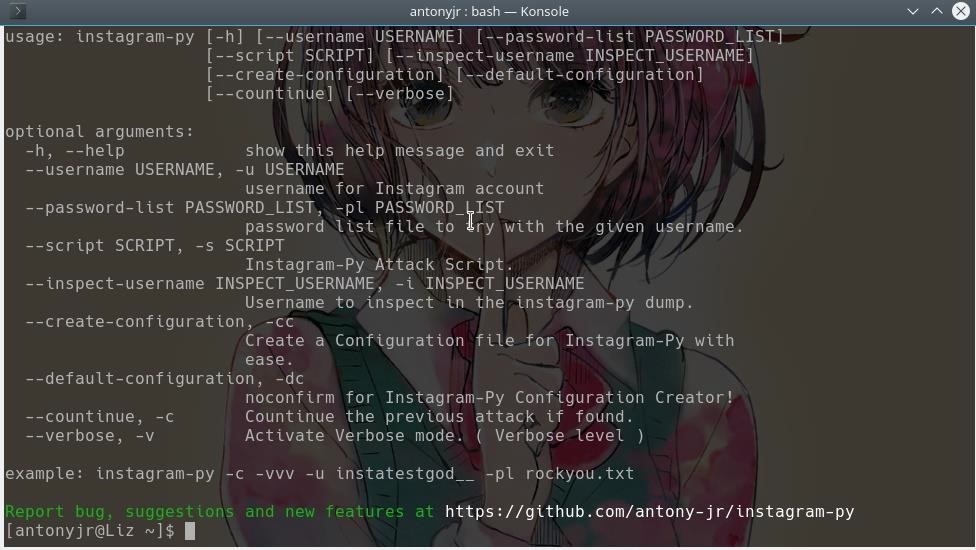I already succeeded in bruteforcing WPA but now I came across a wifi network that asked me to put in a username and a password. Is there anyone who can get me on the right track for hacking this?

By| August 16, 2018 You step out of the audience onto a stage, and a hypnotist hands you a potato chip. The chip is salty and crunchy and you are convinced the chip is genuine. Now, replace the ordinary potato chip with a low-sodium version and replace the hypnotist with an Arduino. [Nimesha Ranasinghe] at the University of Maine’s Multisensory Interactive Media Lab wants to trick people into eating food with less salt by telling our tongues that we taste more salt than the recipe calls for with the help of electrical pulses controlled by everyone’s (least) favorite microcontroller. Eating Cheetos with chopsticks is •. By| August 16, 2018 Regular Hackaday readers are surely familiar with Nixie tubes: the fantastically retro cold cathode display devices that hackers have worked into all manner of devices (especially timepieces) to give them an infusion of glowing faux nostalgia.
But unfortunately, Nixie displays are fairly fragile and can be tricky to drive due to their high voltage requirements. For those who might want to work with something more forgiving, a possible alternative is the Numitron that uses incandescent filaments for each segment. There hasn’t been a lot of prior-art that utilizes Numitrons, but that might be changing, given how fantastic this wristwatch created •. By| August 16, 2018 Are you using Octoprint yet? It’s so much more than just a way to control your printer over the internet, or to keep tabs on it over webcam when you’re off at work or fetching a beer. The 3D printing community has rallied around Octoprint, creating all sorts of handy plug-ins like Octolapse, which lets you watch the print blossom from the bed via time-lapse video. Hackaday alum [Jeremy S Cook] wanted to devise a 3D-printable mount for a Raspi camera after finding himself inspired by [Tom Nardi]’s excellent coverage of Octoprint and Octolapse.
He recently bought a wire shelving •. By| August 16, 2018 I was always a sucker for art classes in my early days. There was something special about getting personal instruction while having those raw materials in your hands at the same time. Maybe it was the patient voice of the teacher or the taste of the crayons that finally got to my head. Either way, I started thinking: “I want to do this; I want to teach this stuff.” Last year at Hackaday Superconference I got my chance. Hardware workshops with real hardware were so rare; I just had to bring one to the table! What follows is my tale •.

By| August 16, 2018 Every year we host Breakfast at DEF CON on the Sunday morning of the largest hacker conference in the United States. I think it’s a brilliant time to have a meetup — almost nobody is out partying on Sunday morning, and coffee and donuts is a perfect way to get your system running again after too much excess from Saturday evening. This year marks our fourth Breakfast and we thought this time it would be completely legit. Before we’ve just picked a random coffee shop and showed up unannounced. But this year we synced up with some of our friends •. By| August 16, 2018 We all love reading about creative problem-solving work done by competitors in past DARPA robotic challenges.
Some of us even have ambition to join the fray and compete first-hand instead of just reading about them after the fact. If this describes you, step on up to the DARPA Subterranean Challenge. Following up on past challenges to build autonomous vehicles and humanoid robots, DARPA now wants to focus collective brainpower solving problems encountered by robots working underground. There will be two competition tracks: the Systems Track is what we’ve come to expect, where teams build both the hardware and software of •. By| August 16, 2018 Sometimes, you move to a new city, and things just aren’t going your way. You’re out of cash, out of energy, and thanks to your own foolishness, your car’s battery is dead.

 0 kommentar(er)
0 kommentar(er)
